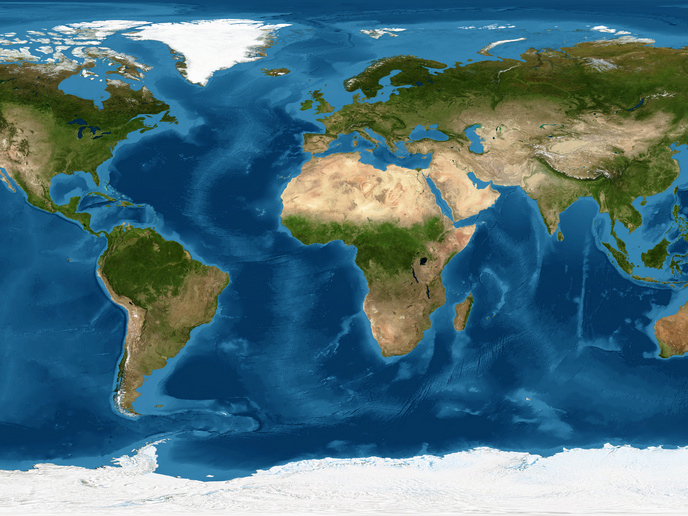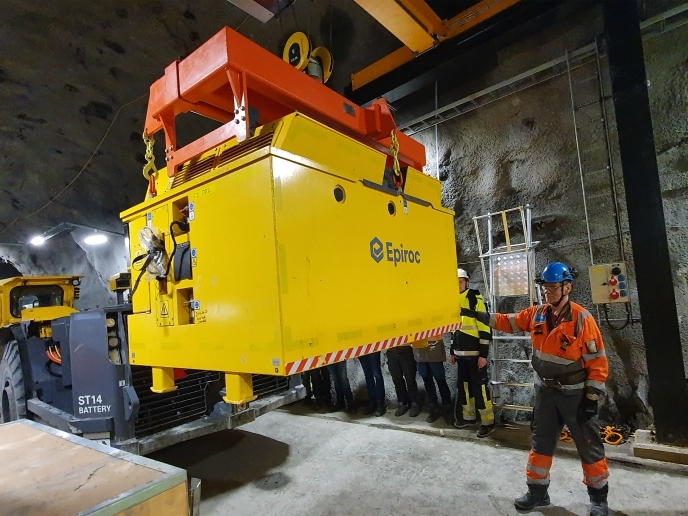Towards decadal climate forecasts
Decadal climate predictions use the state of the world's oceans and their influence on the atmosphere to predict how global climate will evolve over the next few years. It is a relatively new area driven by supercomputing, increased sophistication of models and the availability of higher-quality observations of the climate system. Because this is a brand new way of doing predictions, it is necessary to have confidence in the skills of these models. In the EU-funded INCLIDA project, decadal predictions were tested with an advanced initialisation method that has proven successful in weather forecasting. Weather predictions rely on the accuracy of the initial state as the influence of the external forcing is almost imperceptible. Decadal climate predictions, start from initial conditions that are distant from today's climate and thus fail to 'predict' the year-to-year variability and most of the decadal variability. The method employed by the INCLIDA scientists to initialise the dynamic system of the Earth's atmosphere is known as data assimilation. It estimates the initial state of a model, given a set of sparse observations. Specifically, the extended Kalman filter uses statistics from an ensemble of predictions to estimate the relationship between the observations and all variables for their correction. This method proved to be computationally intensive as it requires integrations of the model. The INCLIDA scientists combined EC-Earth, a state-of-the-art global Earth system model that consists of an atmosphere, ocean, sea ice and land model with the extended Kalman filter and other initial state estimation algorithms. To test the skills of the new approach proposed, they performed retrospective decadal predictions over the last century. Starting from 1 January of 1960, the EC-Earth model demonstrated decadal predictability until 31 December 2012 that is close to the model's limit of predictability. The results are described in two scientific papers published in international peer-reviewed journal. Although encouraging, they are based on the synthetic solution taken from the same model at different times. As the model and its predictions are far from perfect, the INCLIDA scientists' efforts are hoped to spark research among modellers to improve their calculations.







